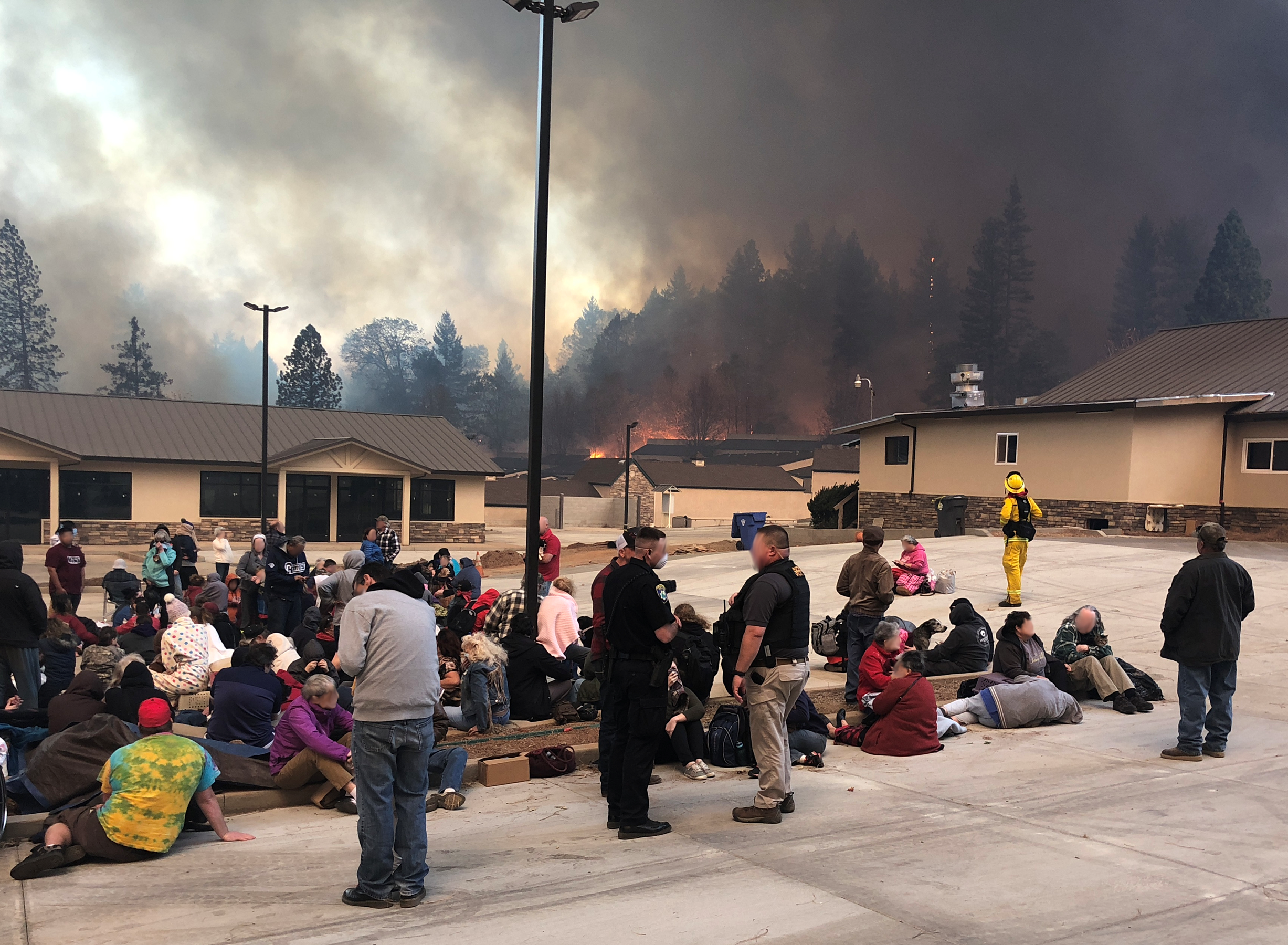
GAITHERSBURG, Md. — The U.S. Department of Commerce’s National Institute of Standards and Technology (NIST) and the National Science Foundation (NSF) have awarded nearly $7.1 million in grants to fund research that will improve the ability of buildings, infrastructure and communities to withstand severe natural hazards. The projects are funded through the Disaster Resilience Research Grant (DRRG) program, which is jointly managed by NIST and NSF.
“These grants support science-based methods of improving resilience, including improved planning, policy, decisions, design, codes and standards,” said Joannie Chin, NIST’s Engineering Laboratory director. “They can also help educate the next generation of engineers and designers and ensure that a diversity of communities is considered and given the tools they need to protect their futures.”
Applicants were asked to consider natural hazards such as hurricanes and tornadoes; sustained rain, coastal and inland flooding, and tsunamis; wildland-urban interface fires; and earthquakes and how communities could reduce their vulnerabilities to them and increase their resilience.
“NSF’s investment aims to reduce the disastrous economic and societal impacts of natural hazards,” said Susan Margulies, NSF’s assistant director for engineering. “Our partnership with NIST accelerates the novel ideas and approaches we support into planning, building codes and decision-making — strengthening our nation’s resilience to natural hazards.”
The eight research projects funded by NIST are:
University of Notre Dame ($400,000)
To improve predictions of the impacts storm wave- or current-carried debris could have on elevated structures, to support the goals of the American Society of Civil Engineers’ Flood Loads Subcommittee.
University of Delaware ($399,988)
To improve understanding of the risks to acute care access and flood impacts to improve service providers’ and communities’ disaster preparedness and help ensure continuity of care, reducing morbidity and mortality associated with missing treatment in future disasters.
University of Texas at San Antonio ($399,922)
To develop artificial intelligence-powered methods and tools to support adaptive restoration of regional transportation networks and other types of infrastructure, such as power and water, following earthquake, hurricane, flood or wildfire.
State University of New York at Albany ($399,391)
For the development of sociological and engineering methods, modeling and road maps to support the security and resiliency of electrical power infrastructure in coastal regions and islands when exposed to climate change-induced extreme weather.
Oklahoma State University ($398,071)
To develop a performance-based wildland-urban interface (WUI) fire resilience assessment model that can be used to create customized community emergency management plans for mitigation, preparedness, response and recovery, and which takes into account the unique built environment and human interactions with it.
University of California San Diego ($397,820)
To develop, validate and assess an efficient and practical design method that will integrate resilience and performance criteria in support of resilience-based design to reduce the cost and impact of disasters on the built environment.
University of Notre Dame ($394,577)
To address fundamental knowledge gaps in support of a design procedure for thunderstorm/downburst winds based on a web-enabled enhanced gust effects factor (EGEF) framework and ensuring the dissemination of data and knowledge with a focus on diversity, equity and inclusivity.
Virginia Polytechnic Institute and State University ($388,419)
To develop an open-source, computationally efficient model that can be used by the engineering community to assess the risk of infrastructure ignition due to ember, or firebrand, showers caused by fires in the wildland-urban interface where communities abut undeveloped land.
The 10 research projects funded by NSF are:
University of Washington ($400,000)
To develop a fundamental understanding of the behavior of cast-in-place floor slabs, or “diaphragms,” in reinforced concrete buildings and develop tools for their design and for probabilistically quantifying their expected performance during an earthquake.
University of California, Los Angeles ($399,933)
To use principles from artificial intelligence to develop near real-time infrastructure damage prediction models for use in the immediate post-event environment of a major hazard event (e.g., wildfire, earthquake and flood), thereby enhancing the emergency response and recovery planning phases that follow.
University of Illinois Urbana-Champaign ($399,851)
To examine how characteristics of thunderstorm winds, including design-level peak wind speeds, relate to the different generating mechanisms of such winds. The project will also investigate spatial variabilities and temporal intermittencies associated with these mechanisms.
University of Mississippi ($399,475)
To establish a standard monitoring approach for impoundments of mine tailings (massive geotechnical structures that store mining waste), thereby revolutionizing infrastructure monitoring and hazard management during extreme weather events.
North Carolina State University ($398,891)
To advance understanding of how local erosion events contribute to floods in neighboring communities; how these floods can be managed by allowing barrier sections to return to nature; and how such a transformation, when informed and deliberated on by community stakeholders, may affect community place meanings.
George Mason University ($397,365)
To incorporate equity into wildfire preparedness strategies and minimize the equity-of-access gap to resources between disadvantaged and advantaged communities.
Johns Hopkins University ($391,951)
To develop a novel system to provide rapid, scalable and joint assessments of cascading hazards (e.g., ground shaking, landslide and liquefaction) during seismic events by leveraging the causal dependencies among them.
George Mason University ($385,353)
To evaluate the effect of extreme heat on efficacy of disinfection in drinking water distribution systems and evaluate a novel engineering solution to increase resiliency to extreme heat disasters.
Oklahoma State University ($367,706)
To investigate the potential role of social networks and micromobility (lightweight vehicles such as bicycles or scooters) in enhancing the planning and operation of resilience hubs, an emerging infrastructural concept that has the potential to support more equitable disaster response and recovery efforts.
Louisiana State University ($363,852)
To model power grid resilience equity by considering the hardships faced by different communities and taking account of these hardships in the protection of power infrastructure against flood-induced hazards.

